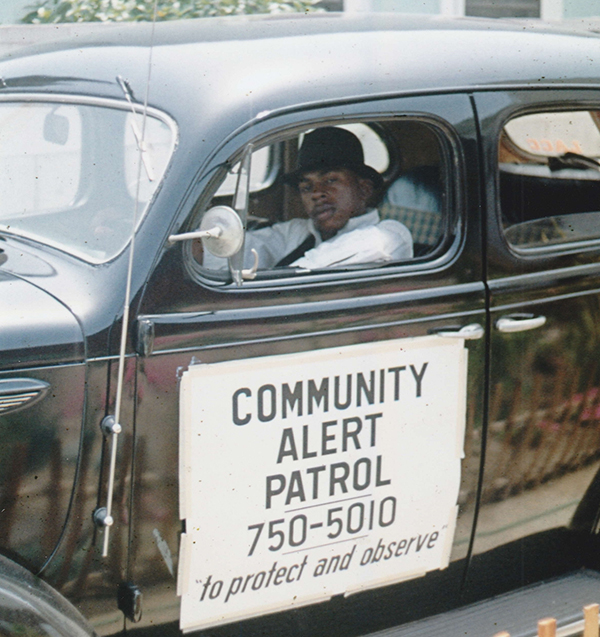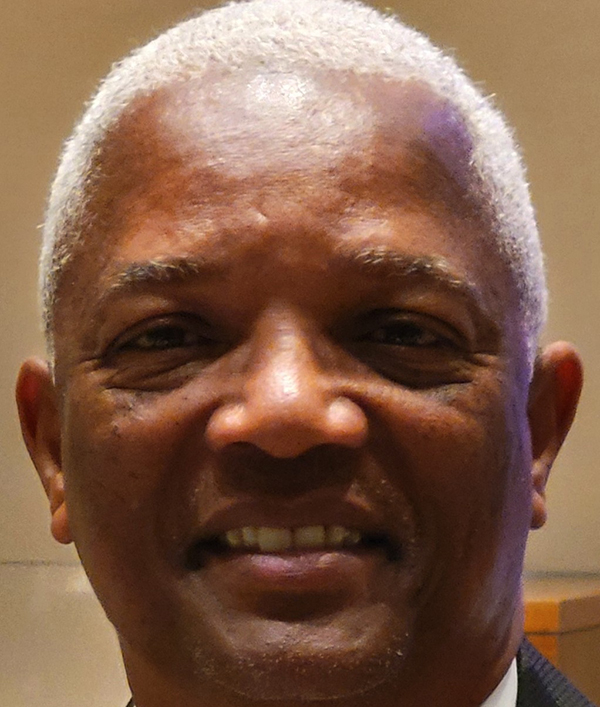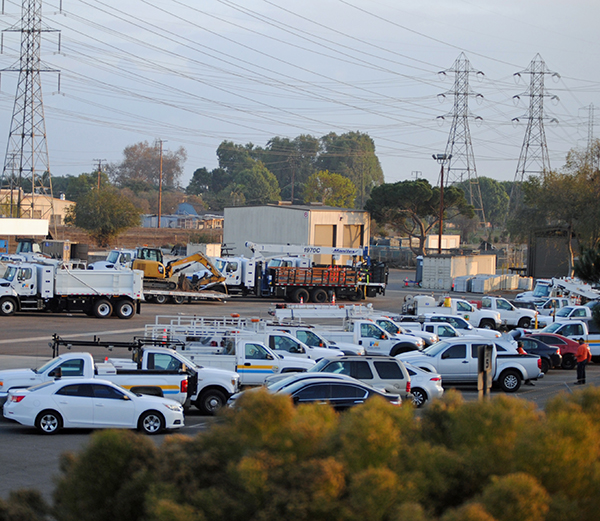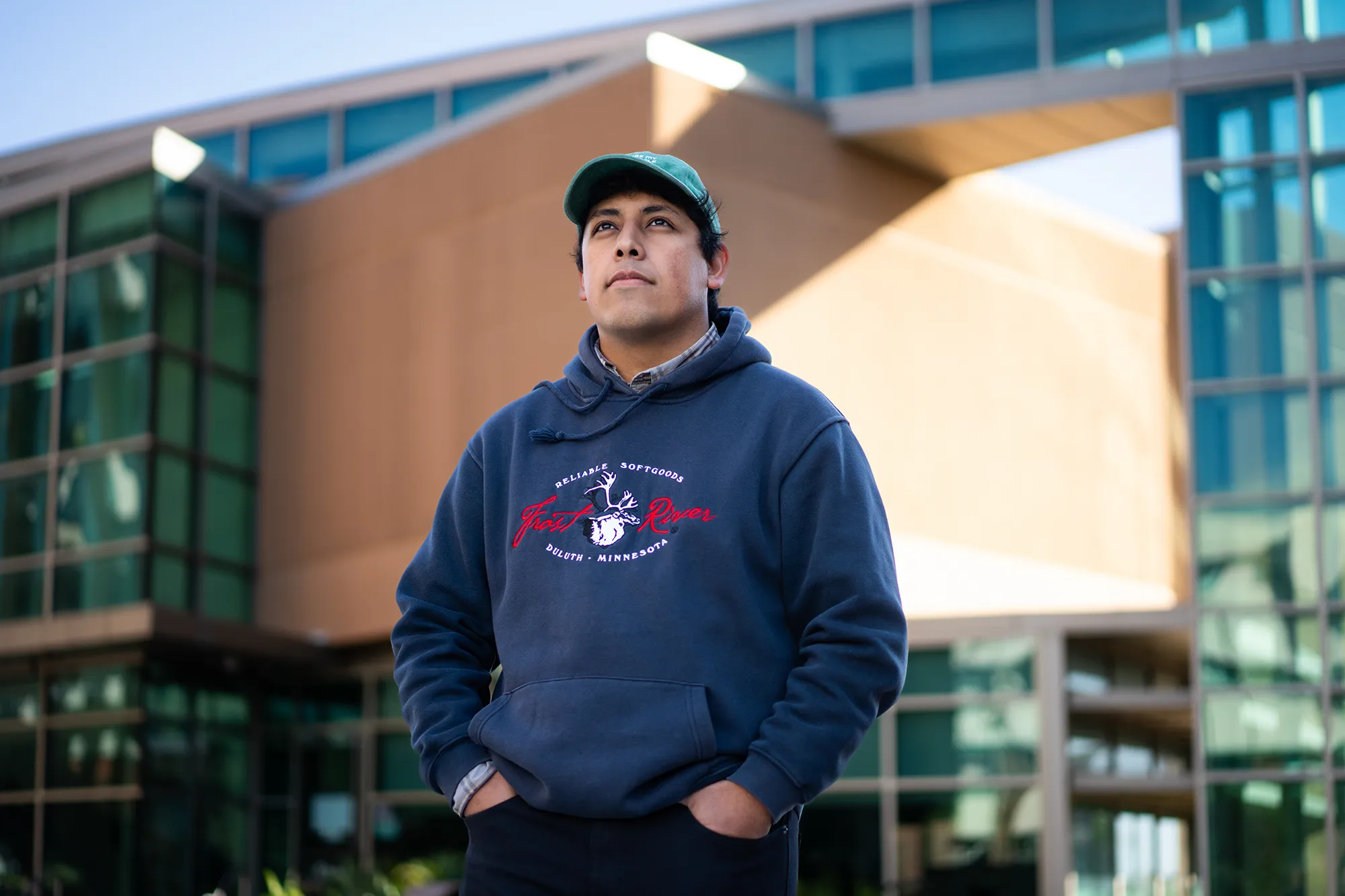By Alfredo Santana
Contributing Writer
LOS ANGELES — The county Board of Supervisors has unanimously voted to engage with community stakeholders and discuss funding sources for the Southeast Los Angeles Cultural Center to be built on a parcel of land in South Gate adjacent to the Los Angeles River.
The vote came on the heels of a push by First District Supervisor Hilda Solis to bring a cultural center to an area in need of a regional hub for arts and education, long buffeted with polluting factories, warehouses and industrial sites.
Pending environmental impact studies and other issues, the SELA Cultural Center will be located on the grounds of the maintenance and storage facility operated by the county Flood Control District near the intersection of Imperial Highway and the Long Beach (710) Freeway, east of the Los Angeles River and a few blocks south of where the L.A. River joins the Rio Hondo River.
Located at 5525 E. Imperial Highway, the strip of land serves as the the Stormwater Maintenance Imperial Yard, and abuts the LA River to the west and an empty lot to the east. It is controlled by the county Department of Public Works.
“For the past seven years, I’ve had the privilege of representing Southeast Los Angeles, a community that’s home to so many gifted artists with a unified mission to uplift our most vulnerable,” Solis said. “By investing in [Southeast L.A.] through the development of a cultural center, we can continue to support the cultural lives and community resilience of a region that has been devastated by the pandemic and help our residents thrive.”
In addition, a master plan to revitalize and make portions of the L.A. River attractive for residents and tourists anchors the SELA Cultural Center as part of the 51-mile river that will connect ecosystems, support healthy environments, clean water, improve its resilience and minimize flood risk.
The 10-acre cultural center would incorporate a program to create jobs and aims to bolster opportunities for community engagement with local art and culture.
Solis said the SELA Cultural Center would address potential adverse impacts to housing affordability and homelessness.
“The SELA Cultural Center is envisioned as a multi-arts facility that weaves together world-class design and high-caliber programming from across Los Angeles County with the vibrant culture of the surrounding community,” Solis said in her motion.
“The Los Angeles River’s adjacent SELA Cultural Center is envisioned to support and showcase the Southeast Los Angeles community and provide a permanent place to gather in creative expression.”
Solis said the board’s actions involve organization and administrative activities of government that do not cause changes to the environment or landscape of state public resources or ignores regulations by California Environmental Quality Act.
The design and construction project team is composed of the architectural firm Gehry Partners LLP, Olin, a landscape architectural company, and Geosyntec Consultants, a civil and environmental consultancy firm.
Gehry Partners is led by renowned architect Frank Gehry. The firm has drawn blueprints of the facilities to be constructed and will be the lead architectural designer.
So far, the organizations that have shown interest in being tenants of the center’s facilities are the Colburn School of Music, Long Beach City College, East Los Angeles College, Los Angeles County Museum of Art, LA Philharmonic, SELA Artist Guild, LA Dance Project, Homeboy Industries, Los Angeles Master Chorale, Vincent Price Art Museum and the Youth Orchestra of Los Angeles.
South Gate Mayor Art Rios welcomed the news from the county supervisors, and said the cultural hub will put South Gate and area cities bordering the river on the map of quality art.
“It’s a big project,” Rios said. “We have philanthropy that already pitched in dollars, and sponsors that pitched in dollars. The project is also about the river, and we have allocated money to secure the project and [affordable] housing near it.”
Rios added that the cultural center will be a platform to display art creations from the city’s artists and local youth.
In preparation for what’s to come, South Gate held an arts fair two months ago and hired a new arts coordinator.
“We don’t want to rely only on Hollywood,” Rios said.
The state of California has created financial opportunities for artists and environmental companies to support green projects near the SELA Cultural Center as part of the initiative to restore ecosystems close to the river.
The state has funneled $30 million in grants for designs that protect watersheds and expand biodiversity along the river’s main vein and within 1.5 miles of it.
Grants of $300,000 and $50,000 each are available for firms and artists interested in developing such environmental and reconstruction plans.
Also, the Parks and Water Bond of 2018, known as Proposition 68, allocates an additional $30 million to parties interested in submittal of recreational and habitat protection projects that follow the guidelines of the Lower L.A. River restoration plan.
However, moving the stormwater maintenance yard out to a new location may not be easy.
Currently, the facility is equipped with several gas and diesel pumps that refill county utility trucks for crews that conduct flood control, excavations, sewage and riverbank maintenance for unincorporated areas and 16 cities that contract its services.
A plant supervisor with the Stormwater Maintenance Imperial Yard who asked not to be identified, said plans to build the cultural center have been swirling for years. He recently learned that the yard may be relocated to an unused county-owned property near the intersections of the Glenn Anderson (105) Freeway and the 710.
“That may take up to two years,” the employee said. “Officially, we have not been notified of construction of the cultural center.”
The maintenance yard also provides building and safety services, and serves as overnight gated parking lot for utility trucks and cars of employees. The sprawling site has several warehouses and an open backyard lot used to store giant water and sewage pipes.












